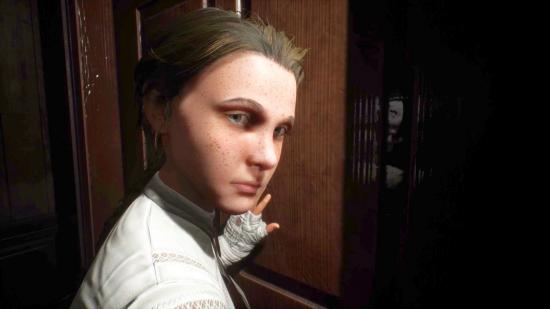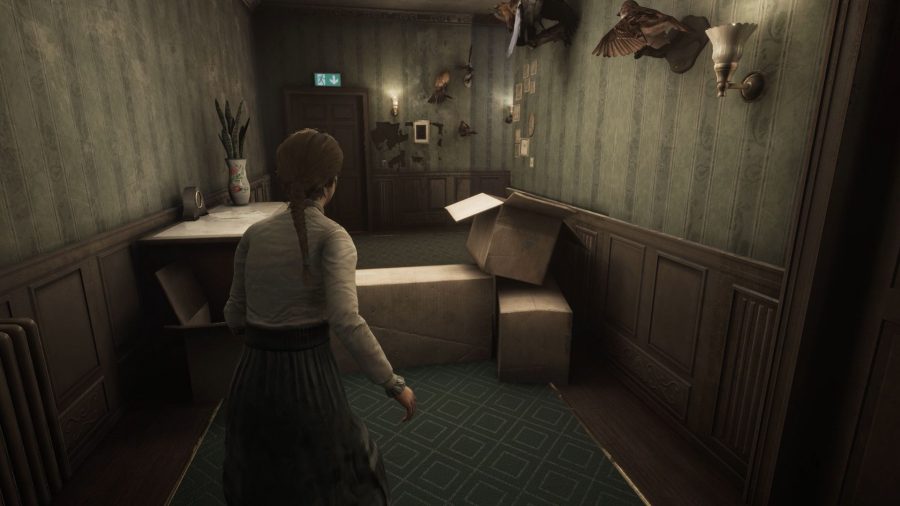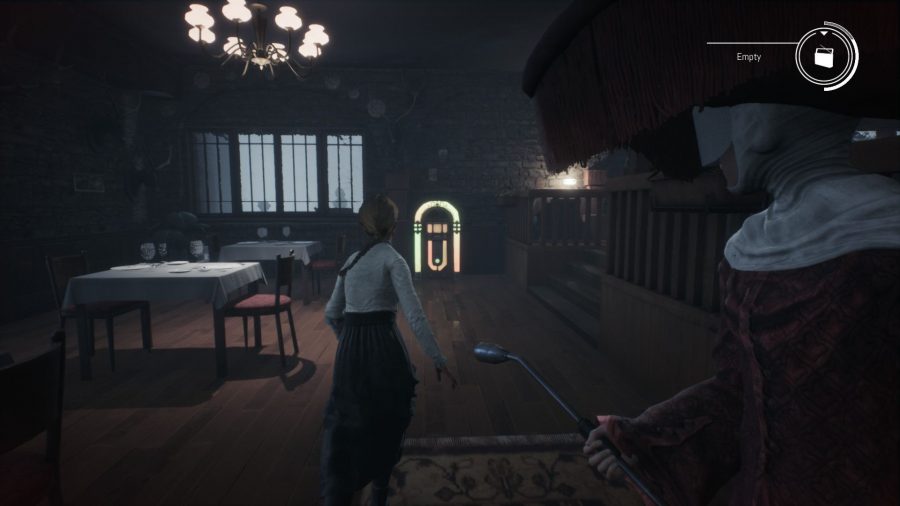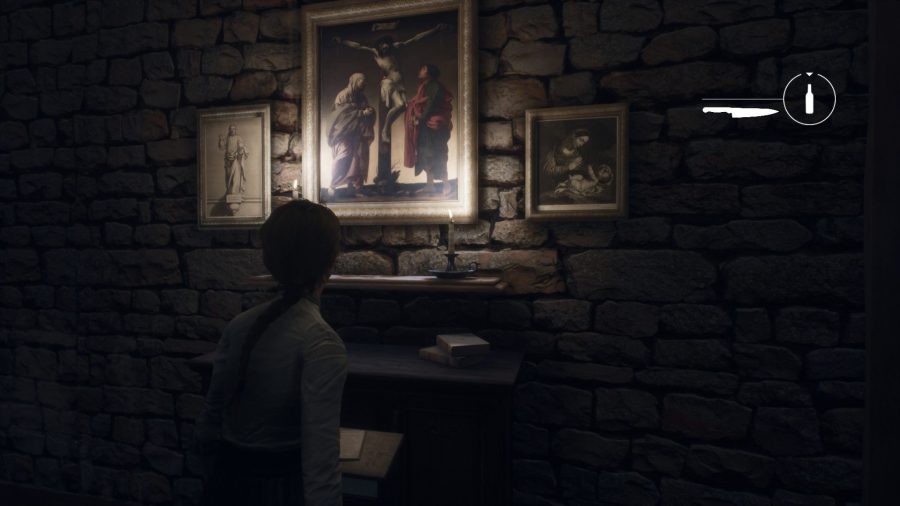It may not have the same instant name recognition as Resident Evil or Silent Hill, but the Remothered series captures the spirit of the best horror games out there – the same feeling of helplessness as you fend off and hide from the supernatural.
The first game, Remothered: Tormented Fathers, is similar in a few ways to the likes of Alien: Isolation or even the PlayStation 2 Siren games in that they share DNA with stealth games, but what sets Remothered apart is the way in which it approaches its subject matter.
Inspired by Italian Giallo films (see this excellent explanation by Cinefix if you’re not sure what those are), Tormented Fathers is a horror game that’s not afraid to explore unconventional territory. Instead of firing guns, our heroine hides from and distracts her would-be killers. Symbolism is everywhere, with narrative twists that neatly play into the mystery of Giallo films. Broken Porcelain is the upcoming successor – not sequel, exactly – to Tormented Fathers. Both games were built from the ground up in Unreal Engine 4, but that’s not all they share.
We spoke with several members of developer Stormind Games to get an understanding of how they’re linked and how they differ: the game’s author and director Chris Darril, art director Federico Laudani, producer Antonio Cutrona, and Antonio Cannata, CEO and co-founder of Tormented Fathers’s publisher Darril Arts (Darril being the other co-founder, perhaps obviously).

“The two games are set in the same narrative universe,” Darril begins, “so they have some things in common. Some characters appear in both titles and players who have experienced the first will definitely find some interesting details and connections.
“They both face themes that are not always easy to talk about, because I firmly believe that videogames should not be simple entertainment, but they should educate, raise awareness, and motivate players. That’s what I’ve tried to do with Tormented Fathers first, and now with Broken Porcelain, telling about the importance of memory and an allegory about the human diseases.” However, Darril does insist that you don’t need to have played the first game to enjoy Broken Porcelain, as “they tell different stories, are set in different places and times, and they’re perfectly enjoyable separately.”
Given videogames’ unique ability to not only take us to another place but allow us to interact with it, it’s little surprise that horror games make extensive use of setting and atmosphere to deliver their scares. Both Remothered games feature unsettling and spooky locations – Broken Porcelain takes place in a large ‘inn’ in the Sicilian mountains. Darril cites the Overlook Hotel in Stephen King’s The Shining as an inspiration. What makes for a good horror setting?
“The main ingredient for a real good location is credibility,” Darril says. “It must resemble a real place, or even remind players of some actual creepy place they’ve visited in their lives! It wouldn’t make any sense to create an improbable setting that only has the purpose to scare people: the scariest thing in life is reality, so that’s what I try to convey both in my stories and in the game locations I imagine.”
But if the ability to interact with an environment can make horror games more immersive than movies, might this very interactivity also be a limitation? In many games, it’s easy to fully grasp their mechanics, and thus the extent of what you can do – and indeed, have done to you. Is it difficult to surprise or unsettle the player when they understand everything the game is capable of, without being arbitrary?
“A good video game is not just made of mechanics,” Cannata says. “There must be an intense story, a distinctive visual style… It’s the combination of its features that make the game good. I don’t think that a game that is hard to understand is automatically a good game.
“Sometimes, when mechanics are easy to understand it’s even better, because when players do not have to concentrate on the mechanics they can actually focus on the game, completely immersing themselves in the story. What we’ve always tried to do, first with Tormented Fathers and now even more with Broken Porcelain, was to create plausible situations, credible emotions. Suspense and surprise should not be based on random jumpscares, but on the horror of reality. This level of immersion can only be reached when you’re not distracted by the ‘technique’.
“I think that a good game’s mechanics are the ones that help you live the full experience, and not those that keep you from doing it – no matter how easy or complicated they are!”
After learning Unreal Engine 4 on Tormented Fathers, the team stuck with the engine for Broken Porcelain. “This allowed us to build upon our past experience, making it even stronger and developing a better game than the first one,” Cutrona says.
This ambition was reflected in more ways than one. While Tormented Fathers eventually found its way to Xbox One, PS4, and Switch, Broken Porcelain was intended to be a multiplatform game from day one. This was the team’s “biggest challenge,” according to Cutrona. “Luckily, Unreal Engine 4 comes equipped with a lot of scaling options that enable developers to focus on what matters the most while distributing for many platforms.
“That said, a great deal of fine-tuning and specific approaches are still needed when you are developing for several consoles at once, and you end up doing different things based on the specific platforms. This is a challenge, but our multiplatform approach is still smooth and we’ve been learning a lot from it, so I can assert that we’ve definitely built the kind of expertise that will stay with us in all of our future projects.”
Remothered: Broken Porcelain released on October 13, just in time for Halloween – here’s the Steam page. Unreal Engine 4 is now free. Unreal Engine 5 is due to release next year.
In this sponsored series, we’re looking at how game developers are taking advantage of Unreal Engine 4 to create a new generation of PC games. Many thanks to Epic Games, Stormind Games, Darril Arts, and Modus Games.




